Long story short, this is a high quality film at a fantastic price.
Many aspects of analogue photography can feel like a compromise, from actual decisions while photographing to the time, financial, and technical hurdles we have to navigate in order to even be able to commit ourselves to using our cameras in the first place. Literal expense is often a hugely restrictive factor, especially for amateurs and hobbyists, who can’t charge (or up-charge) a client for material cost. Previously I’ve written about frugality with film, and my efforts to keep my outgoings low so that I can afford to spend where it matters – the less I can allocate towards film the more I can allocate towards travel, time, actually getting into a project.
Relatively recently, a low-speed film became available from Analogue Cameras: Ilford FP4 type 517 Cine.
At £2.99/36 exposure roll this film is incredibly inviting – for some perhaps too inviting? Too good to be true? I know I’m skeptical when something comes comes along in the market at a low price, so when I was given the opportunity to test this film out I knew I had a responsibility not just to confirm my own thoughts before a large order, but to reassure all the other skeptics who have looked twice and decided to wait.
I was initially impressed by the production value, with metal canisters unlike any of the current factory issue ones I am familiar with, everything clean and impeccably presented, very much unlike my own bulk loading efforts which rely on secondhand canisters from a variety of sources and materials. Every length of film is secured tightly with thick tape, not the roughly cut scotch tape I am used to from my own bulk loading. They haven’t even cut corners (pun intended) with the leader, which is perfectly precise, the curved end I am used to from a factory roll, not the triangles I make for my own hand loaded films.
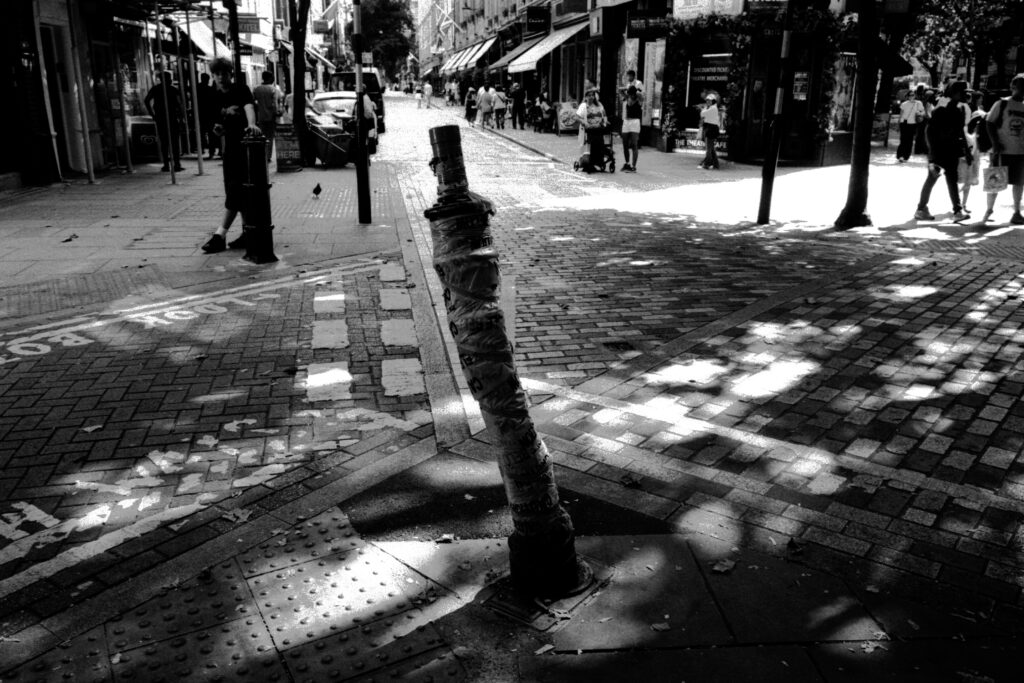
This is tangible effort for presentation and confidence – but there is intangible work behind the scenes too, in the testing and retesting of the film with different developers to produce a comprehensive data-sheet for developing times, which I used for my own developments. This video goes into a bit more detail on the story behind this film, and also shows the spooling process and other technical aspects which may be of interest.
That is all to say, that while I’ve had it explained to me why the film can be made available at this price I still feel it is severely undervalued. Comparatively this is undoubtably one of the best bargains out there at the moment – under 3x the common price of fresh Ilford FP4+ rolls, and roughly half of what my bulk-roll per-roll cost ends up at from a 30.5m reel of FP4+.

Of course none of this would especially matter if the film were “low-fi” like so many “experimental” (read heavily fogged, irradiated, knowingly/deliberately badly stored etc) which seem to sell for many times this price, but wouldn’t be what I’m personally interested in working with at the moment.
However, the film is not poor quality. I think it’s actively good.
I’m not good at “testing” film or other equipment, I don’t have time to map out a controlled setting to effectively waste resources on seeing what it can do in that kind of controlled setting. I work in the real, the unexpected, and if I get let down then I get let down. Lessons are learned better from real stakes.
As such I worked with the film in situations where I actually needed the results to be usable, ie aspects of ongoing projects, as well as personal memories.
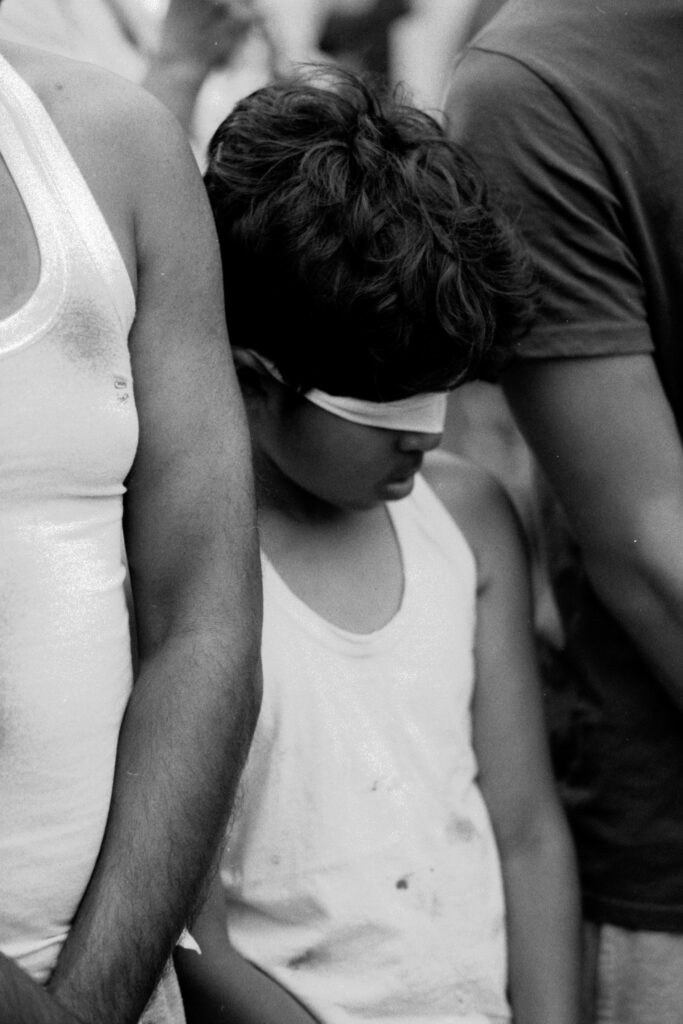
I’m hoping that my results speak for themselves somewhat – I think from a few minor aspects you will not see much difference between this and factory fresh Ilford FP4+. My expectations of FP4+ are high, requiring high tolerance for overexposure in bright conditions, low, aesthetically lovely grain, and a more “classic”/imperfect look when compared to something like a Delta emulsion.
This film did not miss.
I understand that an aspect of this film is expiration, though cold stored, and that may influence feelings of uncertainty about reliability. In my use I’ve encountered no defects, fogging, anything to show the age of the film. Apparently there is a risk of streaks if the film is pushed beyond a certain limit, and I only ever exposed mine at EI100, exactly as I d with regular FP4+. I think strong QC and testing from the sellers here does a lot to offer a safety net for people to use the film within it limits, know where the boundaries are, and operate from a place of knowledge, not paranoia.

I’ve worked with expired films a lot, and I am sure I’ve said this before, but anything below a box speed of 200 seems incorruptible. Delta 400 expired in the 1980’s is very grainy. Pan F+ around the same age shows no differences from fresh stock. For developing expired films there is normally compensation needed in the process, and I am not sure how much the times on the : for the FP4 517 Cine have been tweaked.
The Rodinal 1+50 timings are a bit long for my preference at 24 minutes – although the results are undeniably worth the effort. I may look at cutting down by a minute or two to see if they end up a little greyer in the brightest highlight areas – but aside from that my images are clean, with even gradients; nothing overly harsh or compromised. It’s just off of how I expect my regular fresh FP4+ to look – or indeed any similarly speeded film developed using similar methods.
Grain is acceptable, again just off of regular FP4+, but remember this is an older formula of that film, not identical, on top of it being technically expired.
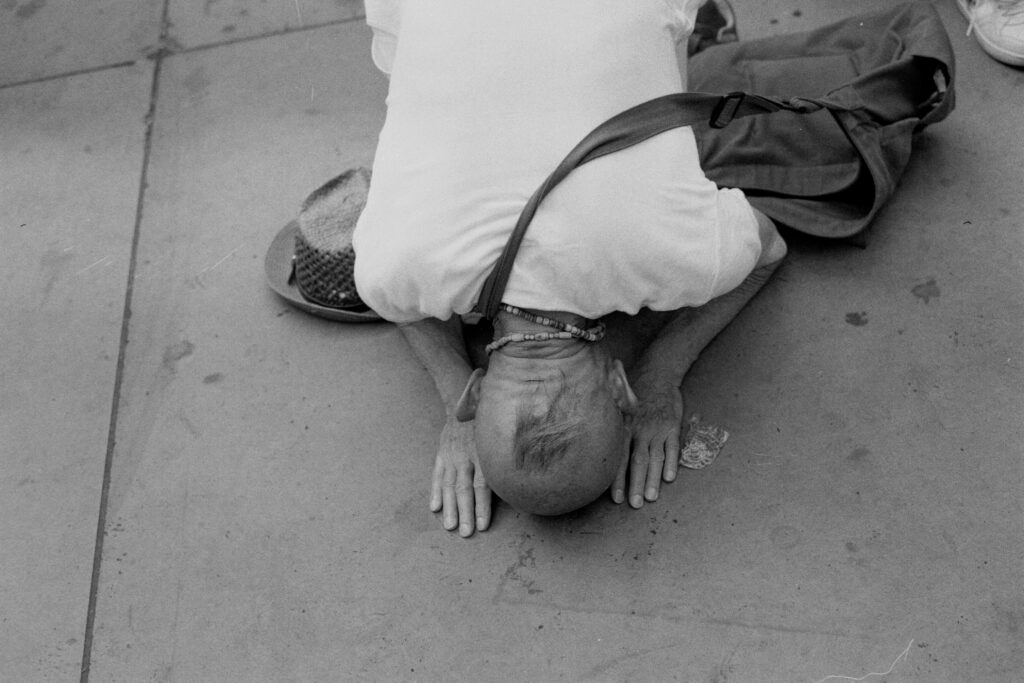
I also developed with Ilfotec HC, first at 1+30 for 11 minutes (EI100), which was the recommended time. I found this was a big harsher on the extreme highlights and reduced my timing to 10 minutes – I reckon Ilfotec HC 1+30 will be acceptable between 9-10 minutes, open to your preference. I definitely prefer these working times to the 24 mins I’d have to endure via Rodinal.
My negatives were scanned using a Plustek at 3000dpi, and I have not yet had a chance to darkroom print from any of them – if/when i do I think that will be it’s own article. From side by side comparisons with other negatives I don’t think they would be any different from any other film I’ve had darkroom success from.
The “cine” designation of this film may be a curiosity to anyone who hasn’t encountered the idea before, but in this instance I don’t think it really indicates a lot. There’s no special process the film has to go through, no remjet layer or anything like that, just dev-stop-fix as normal. There is no *special* “cine look”, no magic aside from what you bestow yourself through your work.

As with any film it will be exposure and development which affect the final look. I’ve seen really awful results with clean factory fresh FP4+, and sublimely beautiful work made on deeply expired 3200 speed films. It’s really down to you, and the way you choose to manipulate an emulsion to your whims.
This is where this film will truly shine: at the price point, as one of the cheapest on the market (from my experience as a UK buyer), this film will be used.
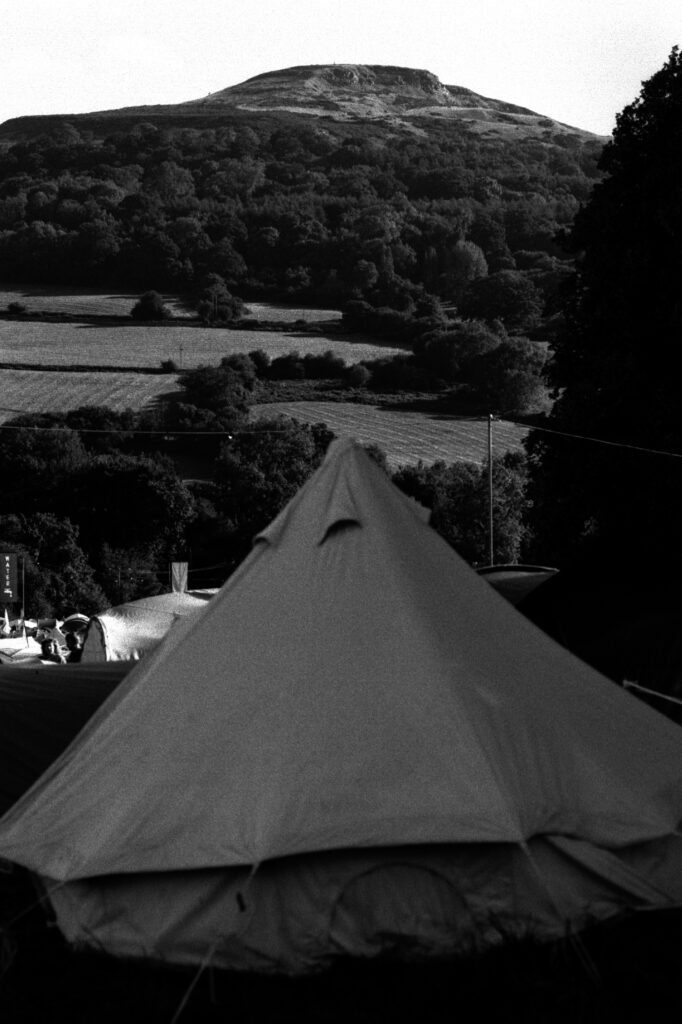
Mistakes will be made, lessons learned because you can simply afford to make mistakes, afford to learn a lesson, at two or three times the rate of doing the same with a twice-or-three-times-as-costly alternative. You can leave the mindset of needing to conserve frames, pricing out each exposure (which at £2.99/36 works out at roughly 8p per frame, or 16p on an xpan, or 4p on a half frame).
I still shoot very slowly, I am frugal even why trying not to be. Sometimes I walk upwards of 20km with only a single frame to show for it, and usually not a good one! But even in my slow approach there can be a freedom, in snapshot moments, scenes I’d otherwise enjoy outside of the viewfinder, pass by without making the shot.
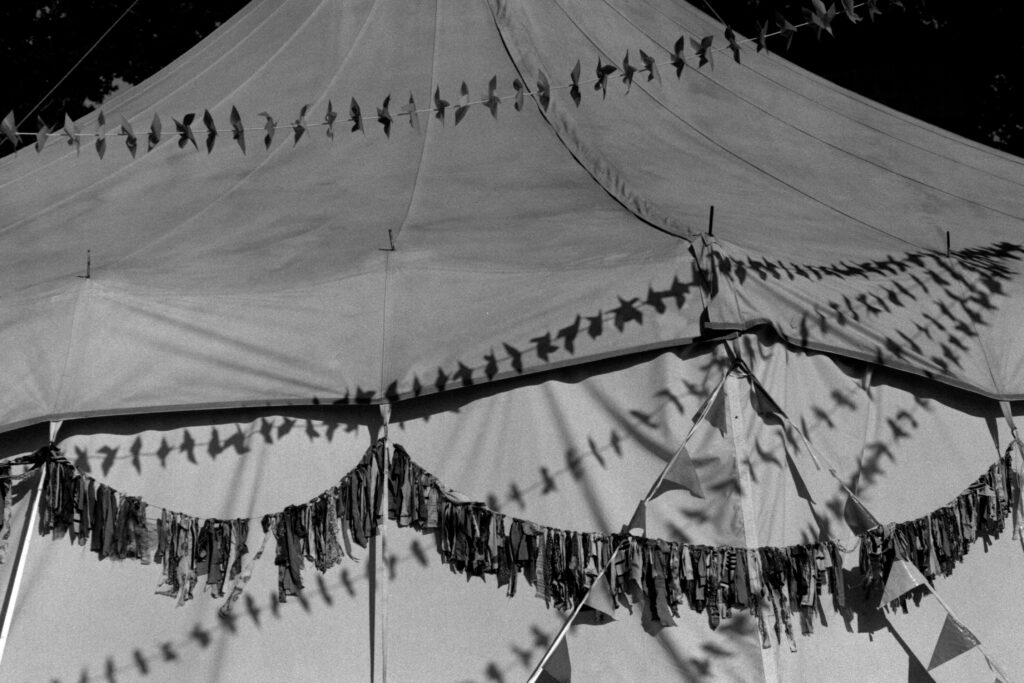
I’ve recently been playing with video, something I don’t especially enjoy, but I do recognise the value in drawing back the curtain on the kind of work I do, especially when it comes to working with people, which I know is a hurdle for many. A few of my recent video attempts are situations where I was shooting with this FP4 type 517 Cine stock, including this one in which all images shown were made with this film (and developed with the Rodinal 1+50 formula).
Share this post:
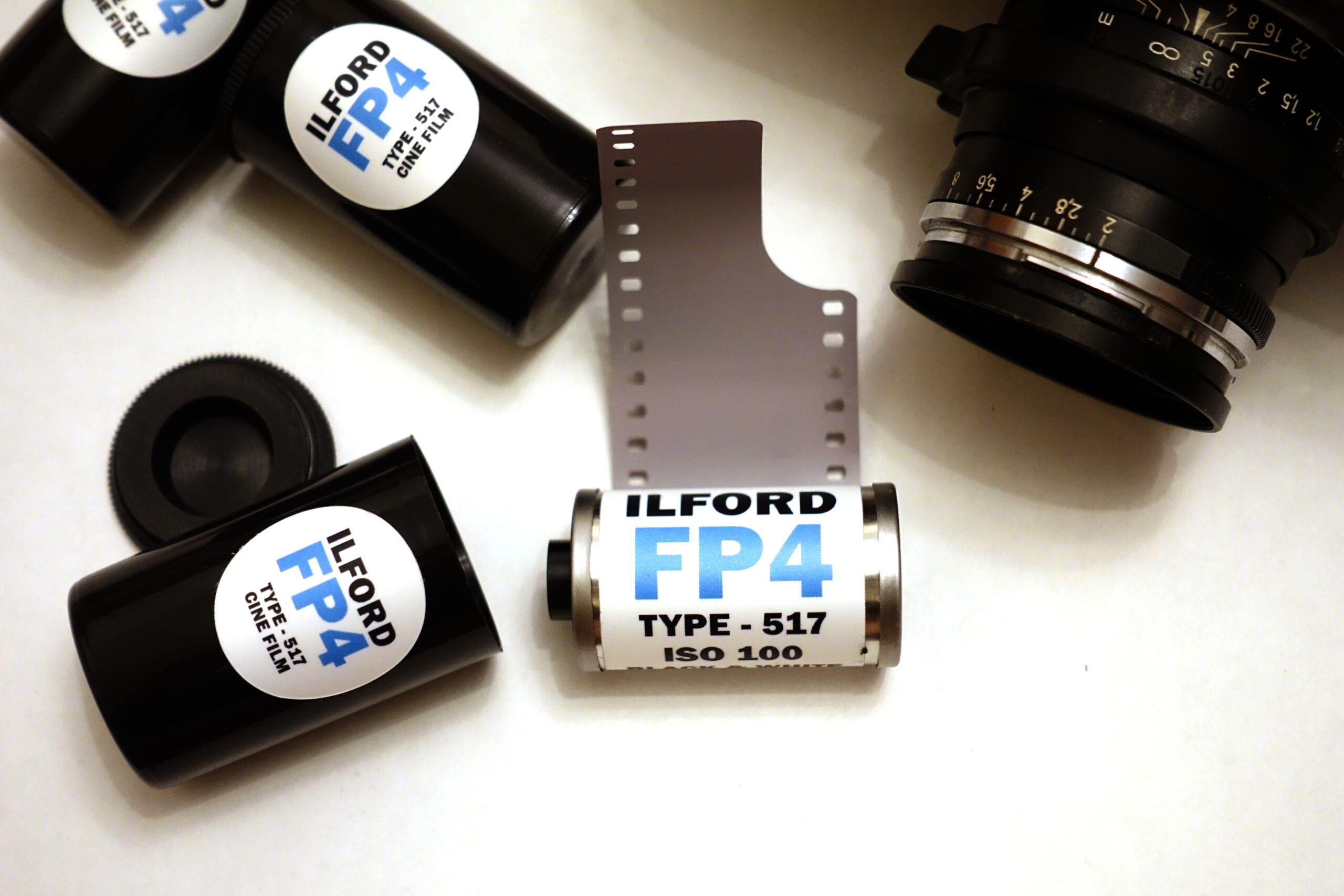
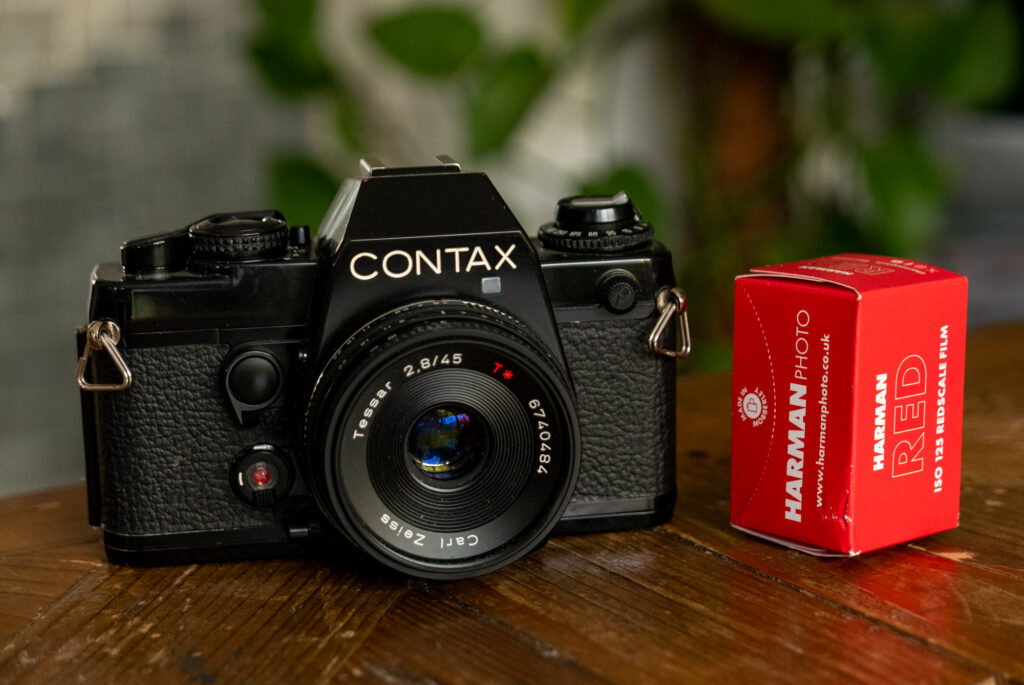
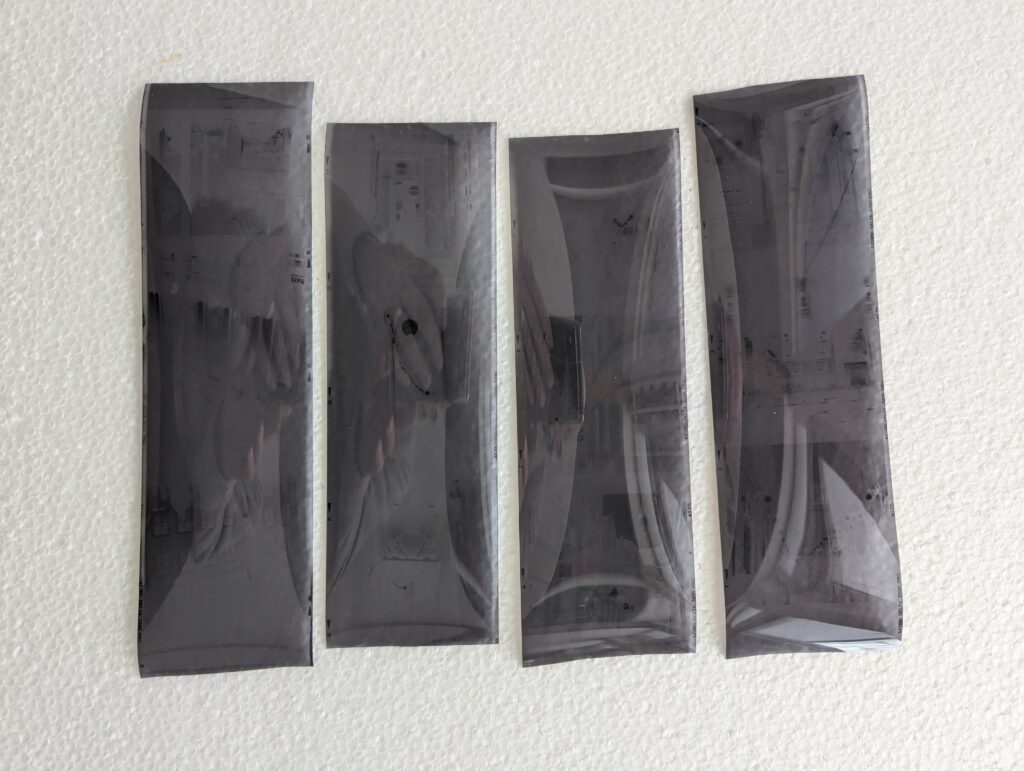

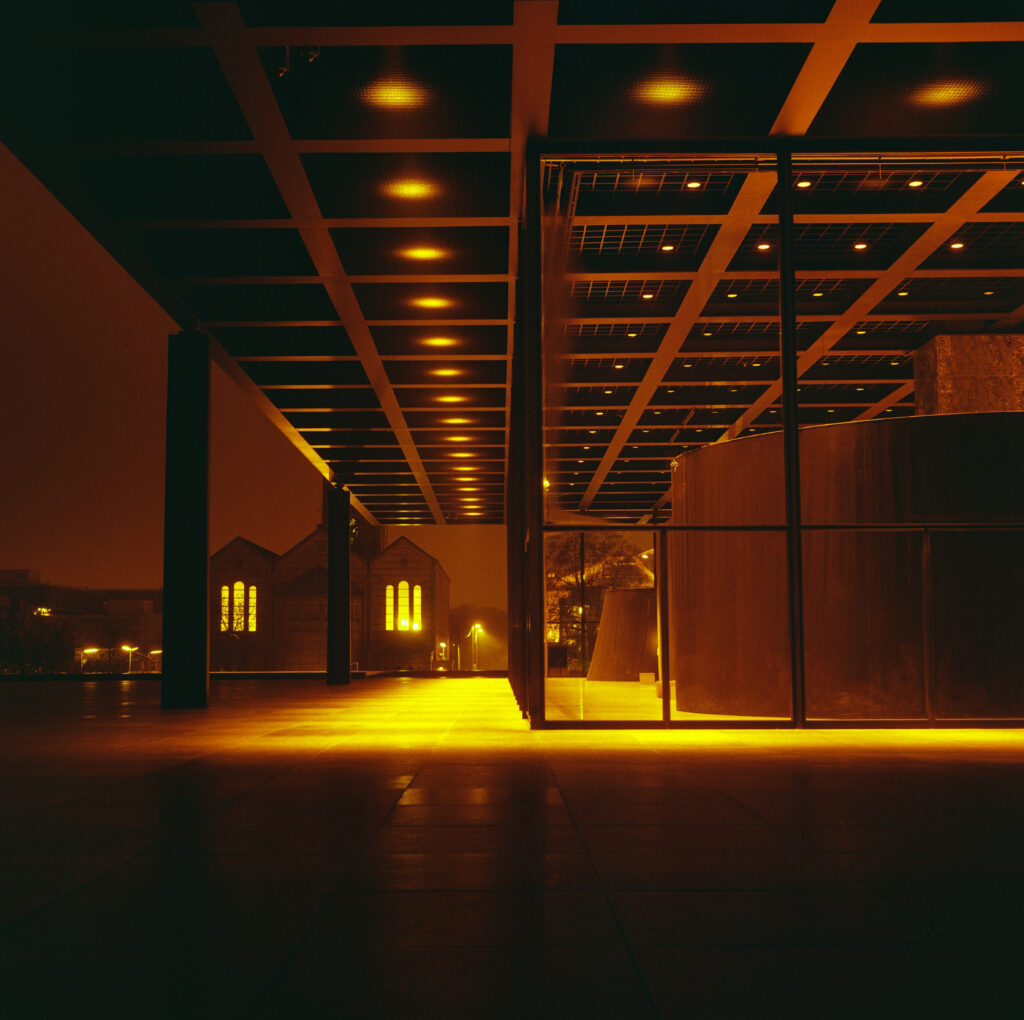




Comments
John Tarrant on Ilford FP4 Type 517 Cine Film Review
Comment posted: 24/09/2024
Geoff Chaplin on Ilford FP4 Type 517 Cine Film Review
Comment posted: 25/09/2024
Max Tiraquon on Ilford FP4 Type 517 Cine Film Review
Comment posted: 25/09/2024
Stephen Barnett on Ilford FP4 Type 517 Cine Film Review
Comment posted: 26/09/2024
Nik Stanbridge on Ilford FP4 Type 517 Cine Film Review
Comment posted: 01/10/2024